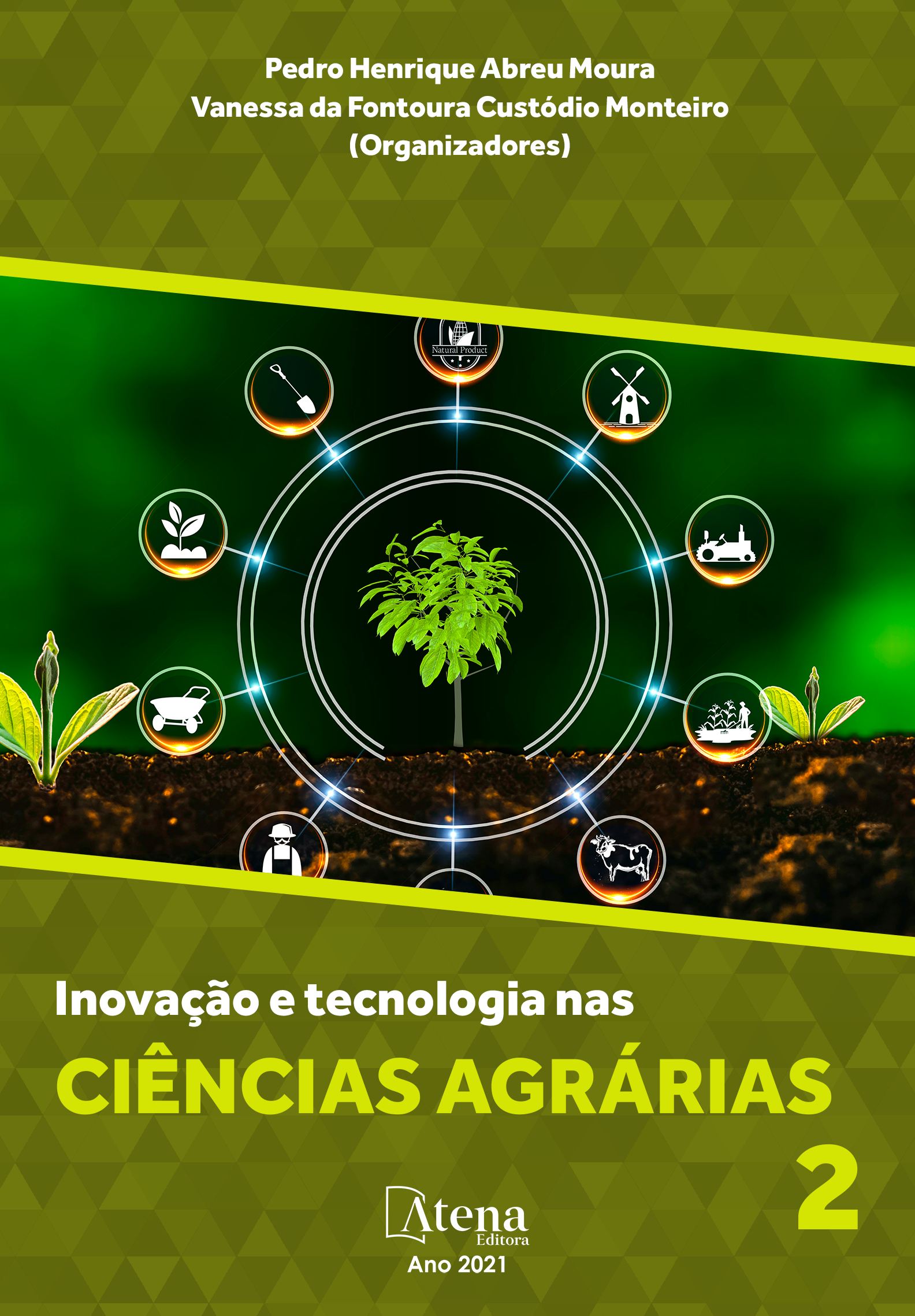
ANÁLISE DA CONTAMINAÇÃO DE MERCÚRIO EM PEIXES CULTIVADOS EM ANTIGAS CAVAS DE GARIMPO NO MUNICÍPIO DE PEIXOTO DE AZEVEDO
A região garimpeira do município de Peixoto de Azevedo provoca a mais de quatro décadas impactos ambientais as margens do Rio Peixoto de Azevedo no perímetro urbano, principalmente pela utilização de mercúrio nos processos de amalgamação do ouro e sua liberação nos rejeitos de mineração, contaminando os seus ecossistemas aquáticos. Buscando investigar a contaminação pelo poluente mercúrio em peixes de água doce cultivados em pisciculturas de Peixoto de Azevedo que receberam influência da atividade garimpeira, este trabalho teve como objetivo avaliar os níveis de concentração de mercúrio total em amostras de tecidos (brânquia, fígado e músculo) de três espécies de peixes: tambatinga (Colossoma macropomum, Fêmea x Piaractus brachypomum, Macho), piauçu (Leporinus macrocephalus) e voador (Hemiodus sp) pertencentes respectivamente aos níveis tróficos: Onívoros e herbívoros. Foram realizadas as determinações de teor de mercúrio total em 60 amostras de pescado por meio da técnica de espectrofotometria de absorção atômica com geração de vapor frio (CVAAS). Dentre as espécies as maiores concentrações de mercúrio total foram encontradas nos espécimes do voador, no fígado (0,422 μg.g-1 ) apresentando diferença significativa, já as brânquias (0,033 μg.g-1) e os músculos (0,088 μg.g-1) não apresentaram diferença significativa para o peixe voador. Para as outras espécies não teve diferença significativa entre tecidos. Embora o fígado do tambatinga e do piauçu apresentaram diferença porém não foi significativa, (0,015 μg.g-1; 0,050 μg.g-1) respectivamente. Com relação ao hábito alimentar as maiores concentrações de mercúrio foram observadas na espécie em que não há registro de quanto tempo estariam nos tanques, como é o caso do peixe voador. As espécies onívoras apresentaram os menores teores do metal. Os resultados mostraram que nenhuma das amostras procedentes das diferentes pisciculturas, apresentaram níveis de mercúrio total acima do permitido pela legislação brasileira para consumo, que é de 0,5 μg.g-1 para pescado não-predador.
ANÁLISE DA CONTAMINAÇÃO DE MERCÚRIO EM PEIXES CULTIVADOS EM ANTIGAS CAVAS DE GARIMPO NO MUNICÍPIO DE PEIXOTO DE AZEVEDO
-
DOI: 10.22533/at.ed.71721161211
-
Palavras-chave: Mercúrio; cavas de garimpo; pisciculturas; consumo
-
Keywords: Mercury; gold mines; fish farms; consumption
-
Abstract:
The mining region of the municipality of Peixoto de Azevedo has been causing environmental impacts for more than four decades on the banks of the Peixoto de Azevedo River in the urban perimeter, mainly due to the use of mercury in the gold amalgamation processes and its release in mining tailings, contaminating its aquatic ecosystems. Seeking to investigate the contamination by the mercury pollutant in freshwater fish cultivated in fish farms in Peixoto de Azevedo that were influenced by the mining activity, this study aimed to evaluate the levels of total mercury concentration in tissue samples (gill, liver and muscle) of three fish species: tambatinga (Colossoma macropomum, Female x Piaractus brachypomum, Male), piauçu (Leporinus macrocephalus) and fly (Hemiodus sp) belonging respectively to the trophic levels: omnivores and herbivores. Determinations of total mercury content were carried out in 60 fish samples using the technique of atomic absorption spectrophotometry with cold vapor generation (CVAAS). Among the species, the highest concentrations of total mercury were found in specimens from the flyer, in the liver (0.422 μg.g-1 ) with a significant difference, whereas the gills (0.033 μg.g-1) and muscles (0.088 μg.g- 1) showed no significant difference for flying fish. For the other species there was no significant difference between tissues. Although the liver of tambatinga and piauçu showed a difference, but it was not significant (0.015 μg.g-1; 0.050 μg.g-1) respectively. Regarding feeding habits, the highest concentrations of mercury were observed in the species in which there is no record of how long they would be in the tanks, as in the case of flying fish. Omnivorous species had the lowest metal contents. The results showed that none of the samples from the different fish farms presented total mercury levels above that allowed by the Brazilian legislation for consumption, which is 0.5 μg.g-1 for non-predatory fish.
-
Número de páginas: 17
- Joseane Pereira de Almeida
- Angelo Augusto Bonifácio Pereira
- Stephane Vasconcelos Leandro
- Ricardo Lopes Tortorela de Andrade
- Paula Sueli Andrade Moreira
- Érica dos Santos Antunes


